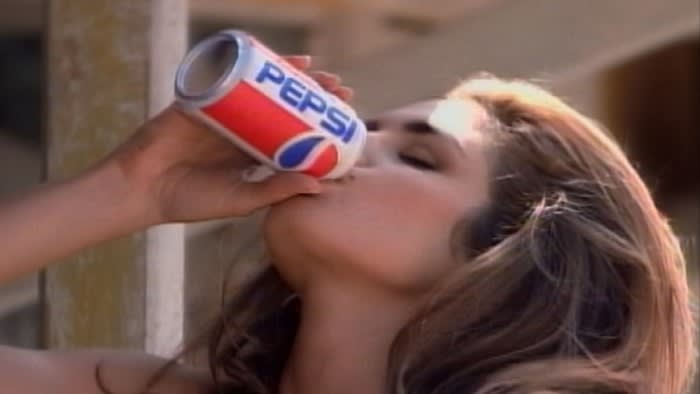Unlock the Editor’s Digest for free
Roula Khalaf, Editor of the FT, selects her favourite stories in this weekly newsletter.
In the end, greed will get you. Last year, top-flight consumer goods companies were boasting about their ability to push rising costs through to customers and grow their profit margins amid rapid inflation.
Their world-famous brand-name products, they said, were so popular, that shoppers would skimp elsewhere to keep on buying. “Irresistible superiority,” said Procter & Gamble, maker of Pampers diapers and Ariel detergent. Snack food group Mondelez argued that “the enduring strength of our iconic beloved brands gives us substantial pricing power”.
These days, they aren’t so cocky. Weary consumers, particularly at the lower end of the financial spectrum, are looking for ways to cut back spending on everything from fast food to household appliances. More than three-quarter of Americans surveyed by McKinsey reported delaying purchases or trading down in some way.
Big-name brands, rather than being immune, are squarely in the line of fire as shoppers start to cut back. PepsiCo said earlier this month that sales volumes were shrinking in North America for both snack foods and beverages. Chief executive Ramon Laguarta noted ruefully that “challenged” consumers were “telling us that . . . they want more value to stay with our brands”. On Tuesday, P&G reported the smallest sales growth in six years.
Overall, the world’s biggest brands lost more than 20 per cent of their value last year, in a slump that ran across apparel, consumer goods and personal care, according Kantar BrandZ.
The fraying loyalty is particularly apparent in cleaning products, paper goods and cooking ingredients, analysts say. And second-tier offerings are struggling more than the most popular ones. Pepsi is having a harder time than Coca-Cola, for example. Both Unilever and Reckitt recently announced plans to slim down their portfolios to focus on “power brands” that still command more global loyalty.
Much of this is cyclical, spurred by two years of rampant inflation that have combined to push up costs across the store. Historically, loyal customers have returned to tried and true products once they become accustomed to the new price points and believe they that they will be able to cover their monthly bills.
“The best predictor of consumer behaviour is consumer confidence. If interest rates drop, that could affect spending” by cutting other costs, says Warren Teichner, who leads McKinsey’s consumer packaged goods practice.
However, big companies cannot afford to be complacent. Emotional ties to specific products started fraying in the pandemic, when persistent shortages of basic items such as paper towels and flour forced many consumers to reach beyond their preferred selections.
Initially, global brands benefited, because they tended to have more resilient supply chains, says Kevin Grundy, a BNP Paribas analyst. But pandemic-era growth and early success with price increases left those groups vulnerable to charges of promoting “greedflation” at a time when consumers were already trying different suppliers.
For competition has been rising. Grocers Trader Joe’s and Aldi and retailers such as Home Depot and Target deliberately woo customers with own-brand offerings that can go head to head with national brands. When concerns about high prices prompted shoppers to look around, many liked what they saw. A recent EY survey found 66 per cent of consumer thought private label products were as good as branded alternatives and 38 per cent had no plans to switch back.
Winning back customers will not be easy. Fractured online audiences and the rise of influencers make it harder to use traditional advertising to rebuild brand loyalty. Retailers, armed with better data, have become more selective about which products receive prominent shelf positions. And some labels that have stood the test of time are now suffering from overfamiliarity and loss of relevance, which consultancy FutureBrand calls “blandification”.
At the same time attitudes have hardened against big business recently, driven by rising prices and outrage at practices such as “shrinkflation”, when suppliers charge the same price for smaller packages. Some 62 per cent of Americans blame price increases on “large corporations taking advantage of inflation”, up from 54 per cent last year, according to the FT-Michigan Ross poll.
It is not too late for most companies to reboot. But the endless cycle of price rises must stop. P&G, for one, says it is taking this lesson to heart: prices fell in its flagship fabric care division because of increased promotions. These days. the way back into a grouchy consumer’s heart is through their wallet.


